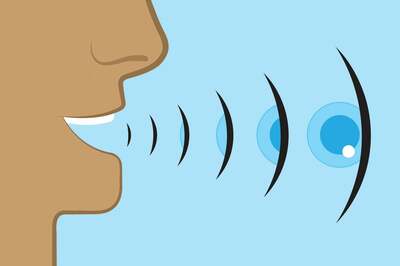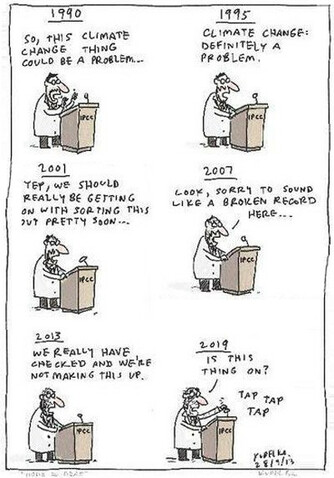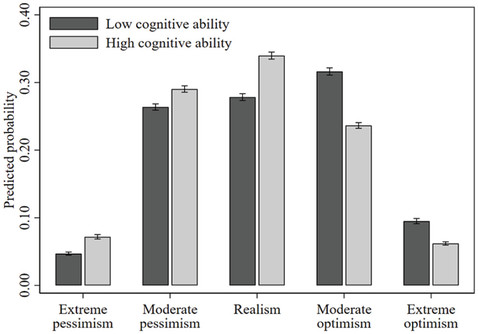
Documenting a prediction: This will receive an Ig Nobel in 2025.
Certainly is of the ilk of “achievements that first make people laugh, and then make them think.”
https://www.sciencedirect.com/science/article/pii/S2773186324001014?via%3Dihub
I can’t wait for in door navigation to be a real thing outside of only the largest cities. New apps will enable safer indoor navigation for blind people
https://www.htworld.co.uk/news/digital-health/new-apps-will-enable-safer-indoor-navigation-for-blind-people/
“Researchers say an AI-powered transcription tool used in hospitals invents things no one ever said - ABC News”
@seeingwithsound Totally agree!
Anyone can learn #echolocation in just 10 weeks — And it remodels your brain https://www.scientificamerican.com/article/anyone-can-learn-echolocation-in-just-10-weeks-and-it-remodels-your-brain/ Now imagine what encoding a truly visual live camera view into sound may do to your brain, letting you hear zebra crossings and all things visual... #neuroscience
"Human echolocation repurposes parts of the brain's visual cortex for sound, even in sighted people."
AI in Epi 554 (part 1)
I offered students in Introduction To Epidemic Modeling For Infectious Diseases some general guidance on using AI this week, and I thought I'd share it more broadly. We are going to get into specifics for AI-assisted coding over the next few weeks, because that is one area where I think this stuff might really help them in this course. Introduction to Generative AI in Epi 554…
http://healthyalgorithms.com/2024/10/18/ai-in-epi-554-part-1/
Today I got a lovely interview request because someone remembered me from the #Astrophysikerinnen outreach I did on Twitter.
Also today, I deleted the X account which I kept to not let someone take my username. But the last change of the TOS broke even that, I truly do not care anymore. Even though that place meant so much to me and even though I still feel the positives it added to my life back when it was twitter.
@mark_histed Thanks for sharing this! I'm book marking this for my class ![]()
A Long-tailed tit from this afternoons walk
#nature #birds #Wildlife #photography #NaturePhotography #BirdPhotography #BirdsOfMastodon #UK
#JosephLeDoux - What is the Nature of the #Self?
https://www.youtube.com/watch?v=NQ0DB0Qn7WQ
#Philosophy #PhilosophyOfMind #Mind #PhilosophyOfConsciousness #Consciousness #Neuron #Neurons #Synapse #Synapses #Psychology #Freud #Person #Personality #Personhood #Identity #PersonalIdentity #CloserToTruth #RobertKuhn
Bird of the Day — Palm Warbler, Kansas 2024
Nary a palm in sight
#Nature #NaturePhotography #Birds #Wildlife #NatureCommunity #Photography #BirdsOfMastodon #BirdPhotography #BirdWatching #FlyoverCountry #Warblers
Layer 6 corticothalamic neurons induce high gamma oscillations through cortico-cortical and cortico-thalamo-cortical pathways https://www.biorxiv.org/content/10.1101/2024.10.05.616808v1 #neuroscience
Turns out the postsynaptic densities (PSD) that we use in electron microscopy to identify synapses aren’t made of large protein aggregates but rather of specialised cellular organelles:
“we combined mouse genetics and cryo-electron tomography to determine the 3D molecular architecture of fresh isolated and anatomically intact synapses in the adult forebrain. The native glutamatergic synapse did not consistently show a high density of proteins at the postsynaptic membrane thought to be characteristic of the PSD. Instead, a ‘synaptoplasm’ consisting of cytoskeletal elements, macromolecular complexes and membrane-bound organelles extended throughout the pre- and post-synaptic compartments.”
Excellent work by Julia Peukes et al. 2024 https://elifesciences.org/reviewed-preprints/100335
@bibliolater I'm having the same issue too. I thought it was because I've been inactive for a bit. Do we know when this will be fixed?
#Ultrasound system for precise #neuromodulation of human deep brain circuits https://www.biorxiv.org/content/10.1101/2024.06.08.597305v1 "we demonstrate the system's ability to selectively modulate the activity of the lateral geniculate nucleus (#LGN) and its functionally connected regions in the visual cortex" #neuroscience
More information in the Twitter/X thread https://x.com/UCL_Ultrasound/status/1799718513655120318
"It is a puzzle why humans tend toward unrealistic optimism, as it can lead to excessively risky behavior and a failure to take precautionary action. Using data from a large nationally representative U.K. sample (N=36, 312) our claim is that optimism bias is partly a consequence of low cognition—as measured by a broad range of cognitive skills, including memory, verbal fluency, fluid reasoning and numerical reasoning."
Dawson, C. (2023). Looking on the (B)right Side of Life: Cognitive Ability and Miscalibrated Financial Expectations. Personality and Social Psychology Bulletin, 0(0). https://doi.org/10.1177/01461672231209400 #OpenAccess #OA #Research #Article #DOI #Human #Psychology #Optimism #Cognitive #DecisionMaking #Academia #Academic #Academics @psychology
#All_Aboard for iOS: #AI-based app uses a smartphone's camera to guide the blind to bus stops https://newatlas.com/good-thinking/all-aboard-app-blind-bus-stops/ YouTube video at https://www.youtube.com/watch?v=VUVpqEw1_2k Sounds like a bomb will go off any second?
Professor of Neuroscience (Johns Hopkins Univ.)
Research interests: cortical plasticity, cross-modal plasticity, synaptic plasticity, metaplasticity, vision loss, visual cortex, auditory cortex
ORCID: 0000-0002-5554-983X
















